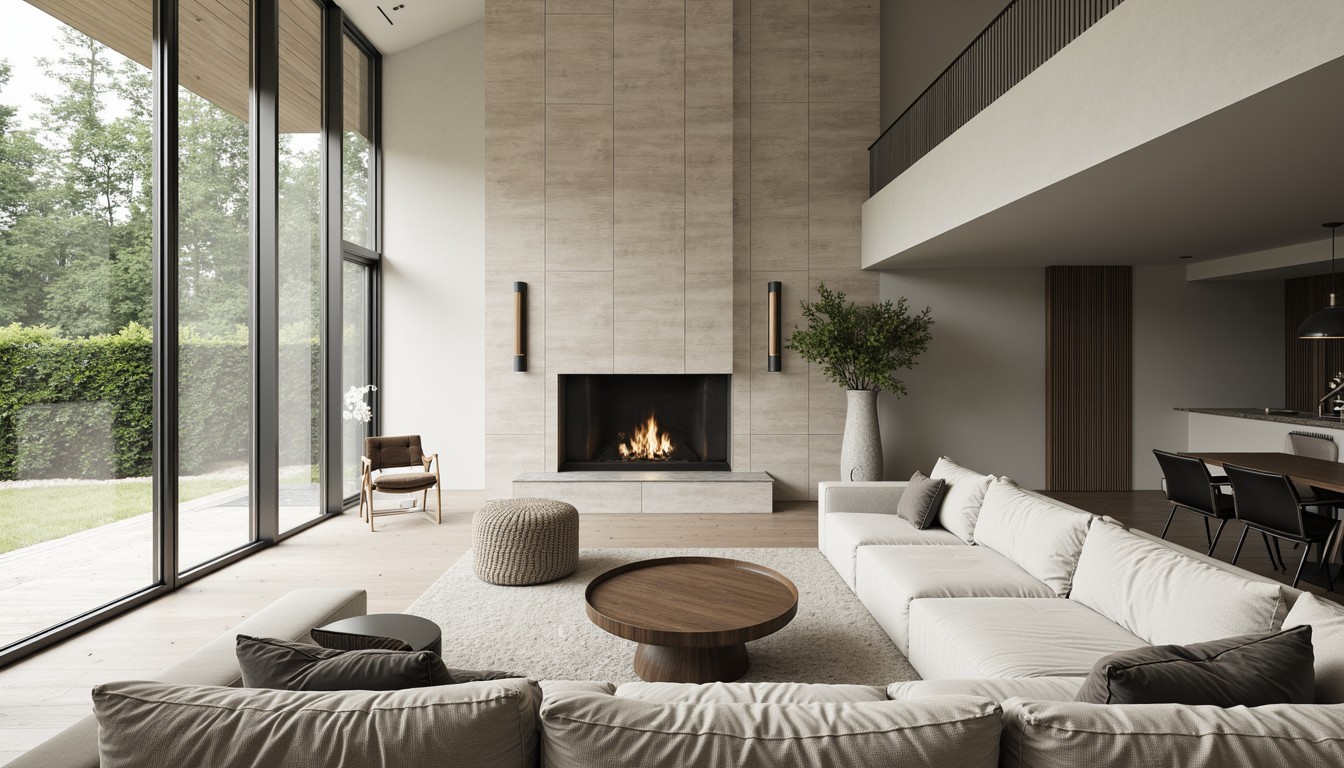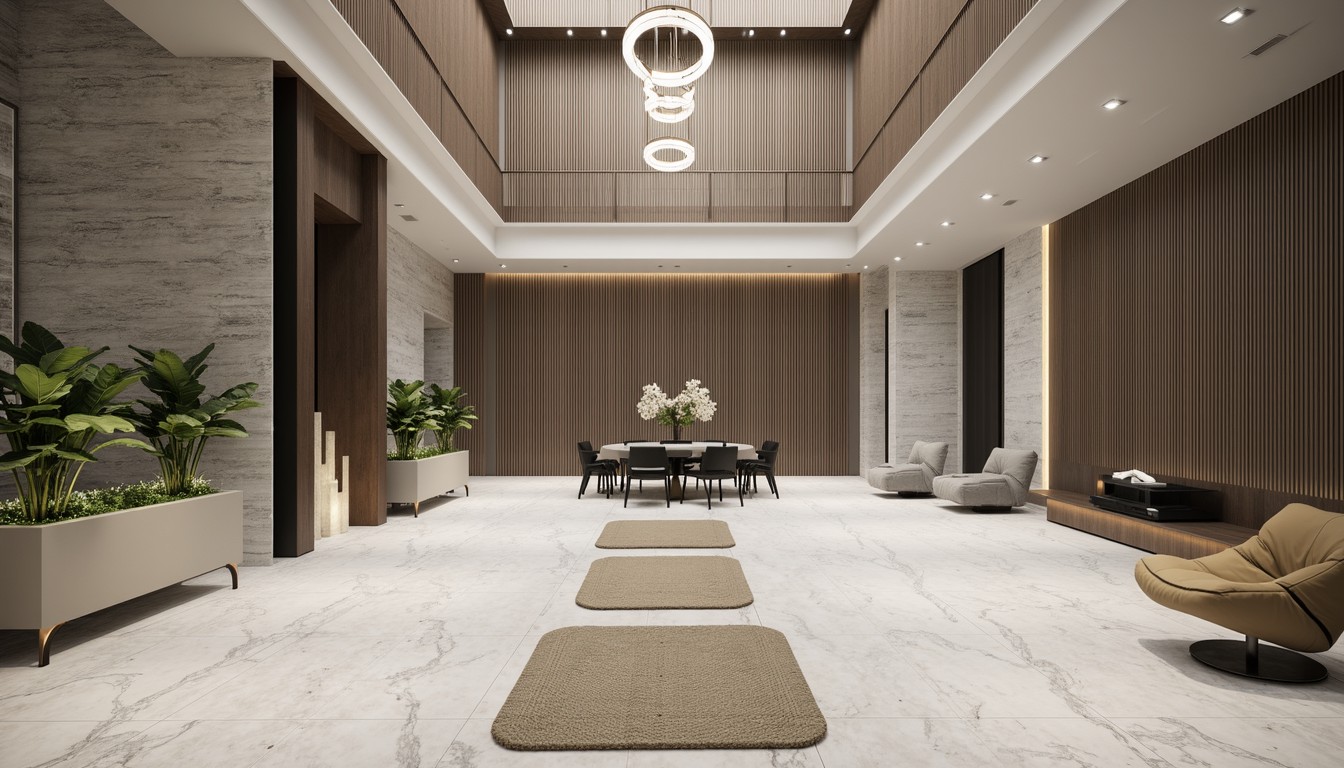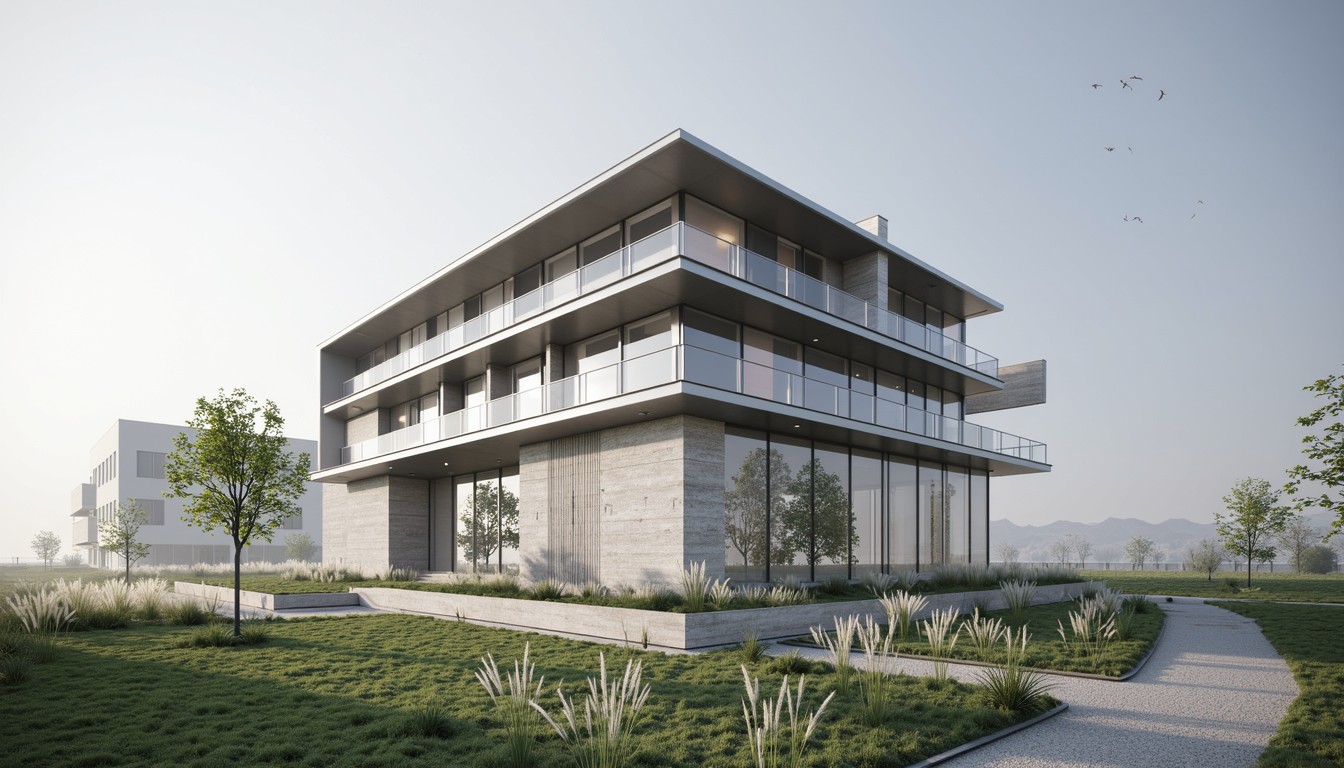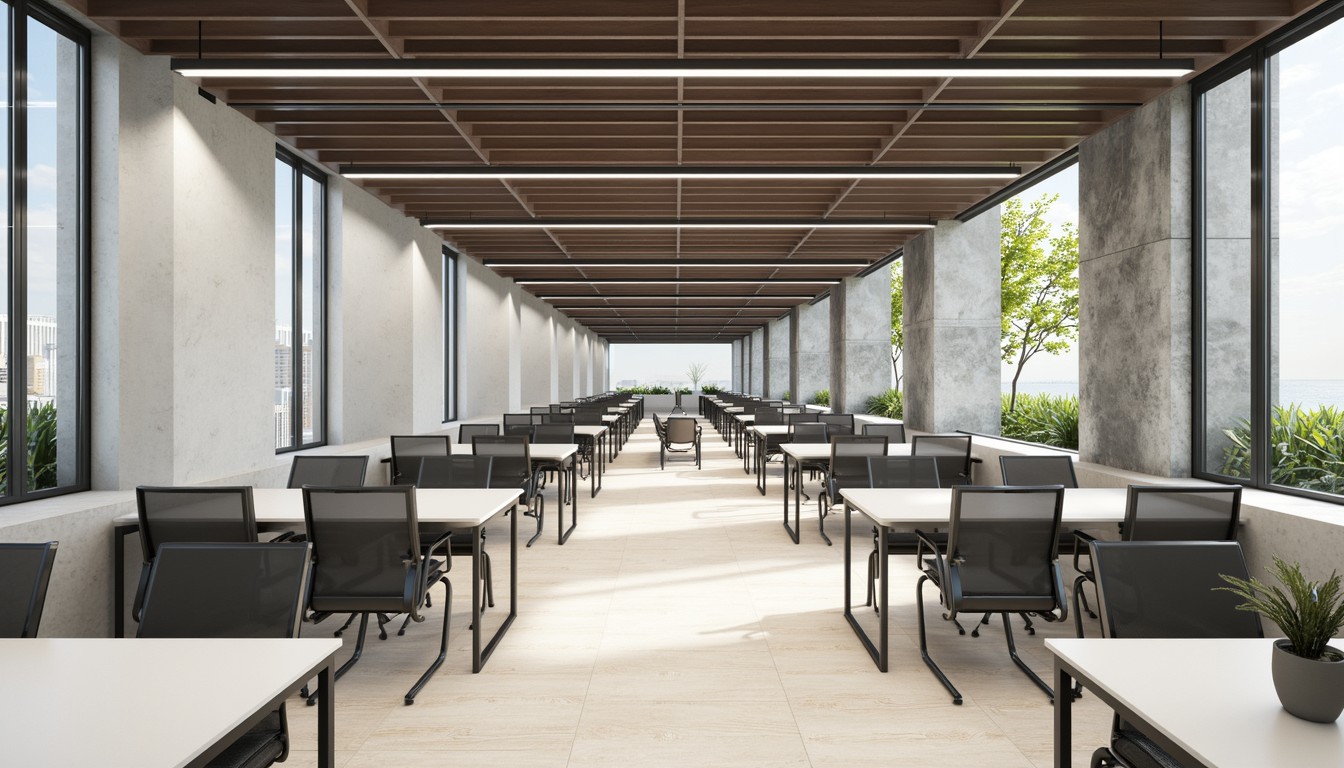Sustainable Architecture: Green Building Technologies & Design
The built environment significantly contributes to global carbon emissions. As architects and designers, we have a crucial role in mitigating this impact through the adoption of sustainable architecture and green building technologies. This means moving beyond aesthetics and embracing environmentally conscious practices throughout the entire lifecycle of a building, from design and construction to operation and eventual demolition.
Key Principles of Sustainable Architecture

Sustainable architecture prioritizes several core principles:
- Energy Efficiency: Minimizing energy consumption through passive design strategies and renewable energy sources.
- Water Conservation: Implementing water-saving fixtures, rainwater harvesting, and greywater recycling systems.
- Material Selection: Utilizing sustainable and locally sourced materials with low embodied carbon.
- Waste Reduction: Minimizing construction waste through efficient planning and material reuse.
- Indoor Environmental Quality: Creating healthy and comfortable indoor environments with natural ventilation and good air quality.
- Site Selection and Planning: Choosing appropriate sites and optimizing building orientation to minimize environmental impact.
Green Building Technologies: Innovations for a Sustainable Future

Several innovative green building technologies are transforming the way we design and construct buildings:
1. Passive Design Strategies
Passive design focuses on harnessing natural resources to minimize energy consumption. This includes:
- Building Orientation: Optimizing building orientation to maximize solar gain in winter and minimize it in summer.
- Natural Ventilation: Utilizing natural airflow to cool and ventilate spaces, reducing reliance on mechanical systems.
- Shading Devices: Employing overhangs, awnings, and other shading devices to reduce solar heat gain.
- Thermal Mass: Utilizing materials with high thermal mass to store and release heat, regulating indoor temperatures.
2. Renewable Energy Systems
Integrating renewable energy sources like solar photovoltaic (PV) panels, wind turbines, and geothermal systems significantly reduces reliance on fossil fuels. ArchNav's visualizations can showcase the integration of these systems seamlessly within the building design.
3. Sustainable Building Materials
Choosing sustainable materials with low embodied carbon is crucial. This includes:
- Recycled Materials: Utilizing recycled content in construction materials like steel, concrete, and wood.
- Bio-based Materials: Employing materials derived from renewable sources, such as bamboo, hemp, and straw.
- Locally Sourced Materials: Reducing transportation emissions by using materials sourced from nearby regions.
4. Green Roofs and Walls
Green roofs and walls provide numerous environmental benefits, including improved insulation, reduced stormwater runoff, and enhanced biodiversity. ArchNav can realistically depict the aesthetic and ecological advantages of these features in our visualizations.
5. Smart Building Technologies
Smart building technologies utilize sensors and data analytics to optimize building performance and reduce energy consumption. This includes smart lighting, HVAC systems, and water management systems.
6. Water Management Systems
Implementing water-efficient fixtures, rainwater harvesting systems, and greywater recycling systems minimizes water consumption and reduces reliance on municipal water supplies.
Real-World Applications of Sustainable Architecture

Many buildings worldwide exemplify the principles of sustainable architecture. The Bullitt Center in Seattle, a net-zero energy building, showcases passive design strategies and renewable energy integration. The Eden Project in Cornwall, England, utilizes a unique biodome structure to create a sustainable environment for diverse plant life. These examples demonstrate the feasibility and effectiveness of green building technologies.
ArchNav's Role in Sustainable Architecture
At ArchNav, we understand the importance of sustainable architecture and are committed to helping architects and designers visualize and communicate their green building designs effectively. Our cutting-edge architectural visualization services allow you to showcase the environmental benefits of your projects, including energy efficiency, material selection, and site impact, helping secure approvals and attract clients who prioritize sustainability.
Our high-quality renderings and animations bring your sustainable designs to life, allowing stakeholders to fully appreciate the aesthetic and environmental advantages of your green building initiatives. Contact us today to learn how ArchNav can help you visualize a greener future.
